Journal list menu
Export Citations
Download PDFs
Articles
Electrospinning of Cellulose Benzyl Carbamates for Enantioselective Membrane Filtration
- First Published: 27 November 2024
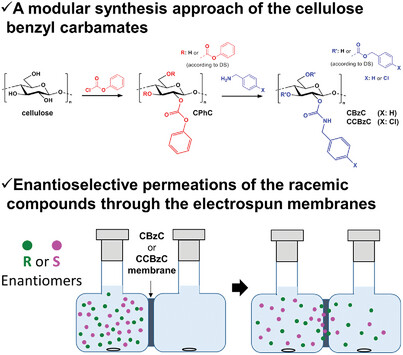
Aromatic cellulose derivatives, namely cellulose benzyl carbamate (CBzC) and cellulose 4-chlorobenzyl carbamate (CCBzC), are synthesized as a new type of polysaccharide-based chiral selectors (CSs) by a modular synthesis approach. These CSs are electrospun for the first time to form self-standing nanofibrous membranes. Their enantioselective permeation properties are investigated experimentally by liquid–liquid permeations and theoretically by molecular docking simulations.
4-O-Methylglucuronoxylan from Hygrophila Ringens var. Ringens Seeds: Chemical Composition and Anti-Inflammatory Activity
- First Published: 13 January 2025
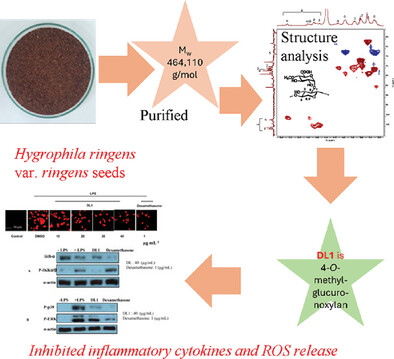
4-O-Methylglucuronoxylan from Hygrophila ringens var. ringens is found to inhibit the serum albumin denaturation, inflammatory cytokines, and release of reactive oxygen species by activation of mitogen-activated protein kinases without having significant macrophage cytotoxicity. Inhibition is mediated by the activation of mitogen-activated protein kinases by inhibiting the phosphorylation of p38 and extracellular signal-regulated kinase.
Polymeric Nanoarchitectures: Advanced Cargo Systems for Biological Applications
- First Published: 21 January 2025
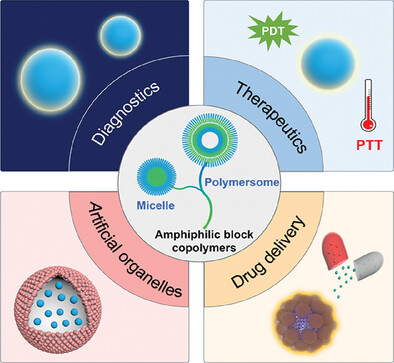
This review highlights the self-assembly of amphiphilic block copolymers into micelles and polymersomes, emphasizing their precisely tunable properties for a wide range of biomedical applications, including drug delivery, diagnostics, and the creation of artificial cells. Additionally, it offers a reflective analysis of the current state of polymer-based cargo carriers, shedding light on both the opportunities and challenges that shape their future development.
A Supramolecular, Triple Negative Breast Cancer-Targeting Avidin-Photosensitizer
- First Published: 25 March 2025
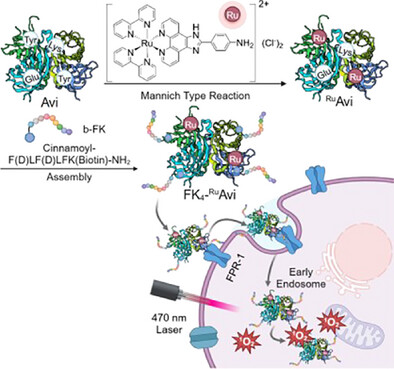
This study investigates the targeted delivery of photosensitizers in triple-negative breast cancer (TNBC) using a Ru-NH2-modified avidin bioconjugate (RuAvi). RuAvi binds to the cinnamoyl peptide, F(D)LF(D)LFK-NH2 (FK), targeting the formyl peptide receptor 1, which is overexpressed in TNBC. The resulting FK4-RuAvi shows enhanced internalization and significant phototoxicity in TNBC cells and spheroids, which is promising for targeted PDT.
Biodegradable Polymers for Plant Nutrient Delivery and Recovery
- First Published: 25 March 2025
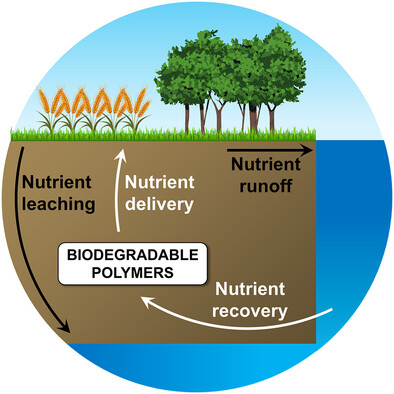
This review article discusses the use of biodegradable polymers to address several grand challenges in agriculture: to improve the delivery of nitrogen and phosphorous to crops, to optimize plant uptake, and to enhance the recovery of these nutrients from wastewater, to recycle them and reduce water pollution.
Polypept(o)ide-Based Core–Shell Bottlebrush Polymers: A Versatile Platform for Drug Encapsulation
- First Published: 22 April 2025

This study developed polypept(o)ide-based core–shell brushes (CSBs) with tunable sizes (Rh: 17–70 nm) for hydrophobic drug delivery. CSBs achieved 10% dasatinib loading through π–π interactions, enabling sustained release over 72 h. Notably, CSB-dasatinib complexes showed comparable cell viability reduction to the free drug in U-87 MG cells, demonstrating its potential for advanced cancer therapy.
Triblock Polyampholyte-Based Nanovesicles for Targeted Spleen Delivery
- First Published: 22 May 2025

Polymeric nanovesicles, assembled from triblock polyampholytes, exhibit unilamellar structure and enhanced stability through membrane cross-linking. These nanovesicles demonstrate prolonged blood circulation and selective accumulation in the spleen after intravenous injection in mice, highlighting their potential for targeted drug delivery applications.





